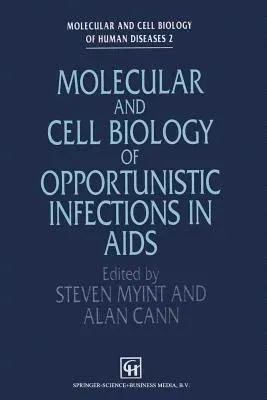Molecular and Cell Biology of Opportunistic Infections in AIDS (Softcover Reprint of the Original 1st 1993)Paperback - Softcover Reprint of the Original 1st 1993, 2 November 2012

Qty
1
Turbo
Ships in 2 - 3 days
In Stock
Free Delivery
Cash on Delivery
15 Days
Free Returns
Secure Checkout
Part of Series
Molecular and Cell Biology of Human Diseases
Print Length
283 pages
Language
English
Publisher
Springer
Date Published
2 Nov 2012
ISBN-10
9401046689
ISBN-13
9789401046688
Description
Product Details
Book Edition:
Softcover Reprint of the Original 1st 1993
Book Format:
Paperback
Country of Origin:
NL
Date Published:
2 November 2012
Dimensions:
23.39 x
15.6 x
1.63 cm
ISBN-10:
9401046689
ISBN-13:
9789401046688
Language:
English
Location:
Dordrecht
Pages:
283
Publisher:
Weight:
426.38 gm

